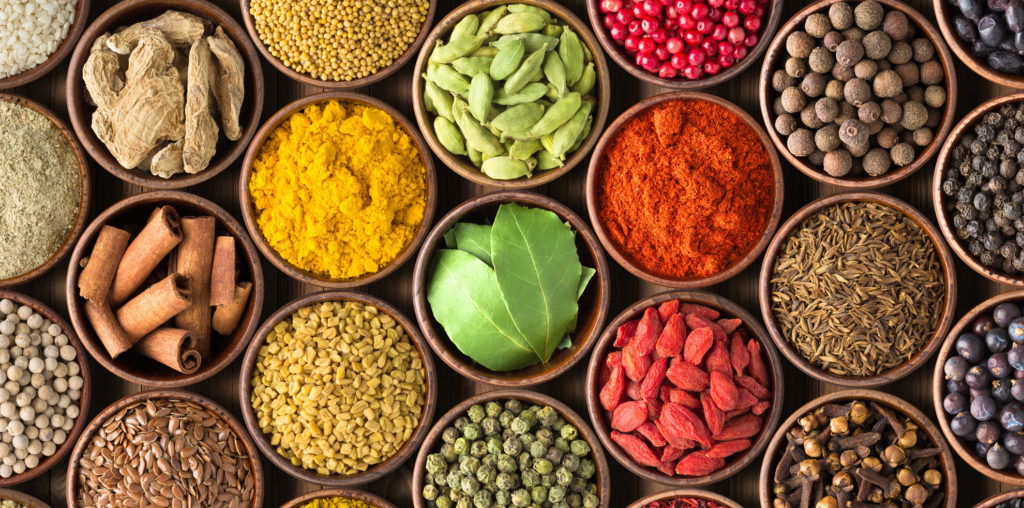Market commentary and M&A activity
Download PDF
Market commentary
M&A activity in the flavours, fragrances and ingredients sector is supported by strong sector dynamics. With numerous consolidation opportunities within the market, groups such as Archer Daniels Midland Co, Corbion NV, Firmenich SA, Givaudan SA, International Flavors & Fragrances Inc, Kerry Group plc, Mane SA, Nactis SA and Symrise AG, continue to pursue bolt-on acquisitions.
Strong growth in the sector is the primary driver for this M&A activity, particularly as many players focus on increased innovation and product enhancements in response to changing consumer and end-user demands. Areas of focus for new developments include amino acids, botanicals, enzymes, minerals, prebiotics and probiotics, proteins and vitamins, as well as natural extracts and ingredients. The more traditional areas of acidulants, anti-caking agents, anti-oxidants, aroma chemicals, colourants, emulsifiers, esters, hydrocolloids, oleoresins, phenols, preservatives and sweeteners also remain important.
This growth is supported by consumer demand in the cosmetics, food and beverage, household products, oral care and personal care markets. The rising global population and increased urbanisation across the world are driving the appetite for more products and increased innovation. In addition, certain increased legislative and regulatory forces are driving changes in the sector as well, particularly around product labelling, as consumer product and food safety issues come to the fore.
At the same time consolidation in the sector is being driven by large groups seeking to enhance their portfolio of products. Whether they are manufacturers or distributors, this strategy provides them with considerable cross-selling opportunities into their customer bases. Geographic expansion is also playing an important part in many acquisition strategies. Whilst Europe and North America are the largest markets, Asia is now becoming an increasingly important destination for many global players.
Meanwhile, mature markets are seeing more demand for enhanced and improved flavours, fragrances and ingredients, often based on natural products. New market opportunities have also developed around aromatherapy, dietary supplements, nutraceuticals and pharmaceutical products for health and wellness applications. These developments will have a dramatic effect on the demand for natural-based ingredients in the food and personal care sectors.
The fragrance market is expanding considerably on the back of increasing demand for natural products which are perceived to be healthier, safer and more therapeutic. These developments can be positive for manufacturers and distributors as these products typically come with a ‘green premium’. Equally, there is greater acceptance of synthetic fragrances in detergents, perfumes, soaps and toiletries as these products tend to emit stronger fragrances, last for longer, and are less expensive compared to natural products, providing manufacturers with greater product creativity. An additional benefit of synthetic fragrances is that they mitigate risk for manufacturers of the fluctuating supply of essential and natural oils.
The market is also experiencing strong growth on the back of increasing consumer demand for more diversified and exotic product offerings, as well as more functional materials which provide certain end products with differentiated and enhanced characteristics in food processing. Linked to this is increasing interest in halal, kosher, ISO and organic certified products, with all of these dynamics inevitably having an impact on the entire supply chain for flavours and food ingredients.
M&A activity
Large global groups in the flavours, fragrances and ingredients sector are looking to take advantage of the strong fundamentals in the industry in order to make acquisitions which bring economies of scale, provide them with international expansion opportunities, or which reduce their internal costs. They are also keen to differentiate their own product offerings in order to compete more effectively with their peers. Equally, some large groups look to make acquisitions in order to mitigate the effects of their own lower rates of organic growth.
Ongoing corporate appetite for bolt-on acquisitions is also driven by the fact that there are strong margin enhancement opportunities in the sector, whilst acquisitive groups with strong balance sheets can make multiple acquisitions in order to satisfy their demand. The end result is that there is increasing competition for any acquisition targets which demonstrate strong innovation and access to growth markets, which in turn keeps valuations of businesses high.
The fragmented nature of the sector means that large groups have considerable opportunities to make acquisitions, although the modest rate at which targets become available means that it is a sellers’ market which allows vendors to be much more selective with regard to which potential buyers they interact with. The scarcity of high quality acquisition targets means that potential buyers can no longer benefit from finding uninformed vendors who might sell at a low price. The result is that valuations from both private equity and trade buyers are typically in the range of 8 to 10 times earnings before interest, tax, depreciation and amortisation (EBITDA), and sometimes even higher.
This growth is supported by consumer demand in the cosmetics, food and beverage, household products, oral care and personal care markets. The rising global population and increased urbanisation across the world are driving the appetite for more products and increased innovation.
In addition, certain increased legislative and regulatory forces are driving changes in the sector as well, particularly around product labelling, as consumer product and food safety issues come to the fore.
At the same time consolidation in the sector is being driven by large groups seeking to enhance their portfolio of products. Whether they are manufacturers or distributors, this strategy provides them with considerable cross-selling opportunities into their customer bases. Geographic expansion is also playing an important part in many acquisition strategies. Whilst Europe and North America are the largest markets, Asia is now becoming an increasingly important destination for many global players.
Meanwhile, mature markets are seeing more demand for enhanced and improved flavours, fragrances and ingredients, often based on natural products. New market opportunities have also developed around aromatherapy, dietary supplements, nutraceuticals and pharmaceutical products for health and wellness applications. These developments will have a dramatic effect on the demand for natural-based ingredients in the food and personal care sectors.
The fragrance market is expanding considerably on the back of increasing demand for natural products which are perceived to be healthier, safer and more therapeutic. These developments can be positive for manufacturers and distributors as these products typically come with a ‘green premium’. Equally, there is greater acceptance of synthetic fragrances in detergents, perfumes, soaps and toiletries as these products tend to emit stronger fragrances, last for longer, and are less expensive compared to natural products, providing manufacturers with greater product creativity. An additional benefit of synthetic fragrances is that they mitigate risk for manufacturers of the fluctuating supply of essential and natural oils.
The market is also experiencing strong growth on the back of increasing consumer demand for more diversified and exotic product offerings, as well as more functional materials which provide certain end products with differentiated and enhanced characteristics in food processing. Linked to this is increasing interest in halal, kosher, ISO and organic certified products, with all of these dynamics inevitably having an impact on the entire supply chain for flavours and food ingredients.


